對于秦皇島港1898大碼頭臨海小院老建筑的更新與改造,適逢2017年河北省旅游發(fā)展大會的觀摩選址。希望能夠聯(lián)通南部港口和北部山區(qū)鄉(xiāng)村的旅游資源,與城市形成一條縱貫線,主題是“山盟——海誓”。將機修車間轉(zhuǎn)換成為婚慶主題的海誓花園,設(shè)計團隊面對的問題是如何實現(xiàn)既有的工業(yè)歷史記憶與新的城市爛漫生活主題之間的轉(zhuǎn)換。

矩陣縱橫設(shè)計:安慶富春東方銷售中心

洪德成作品:益田·影人四季花園E戶型樣板房

徐國峰:泛海國際 Art-Deco風(fēng)格,華美主張
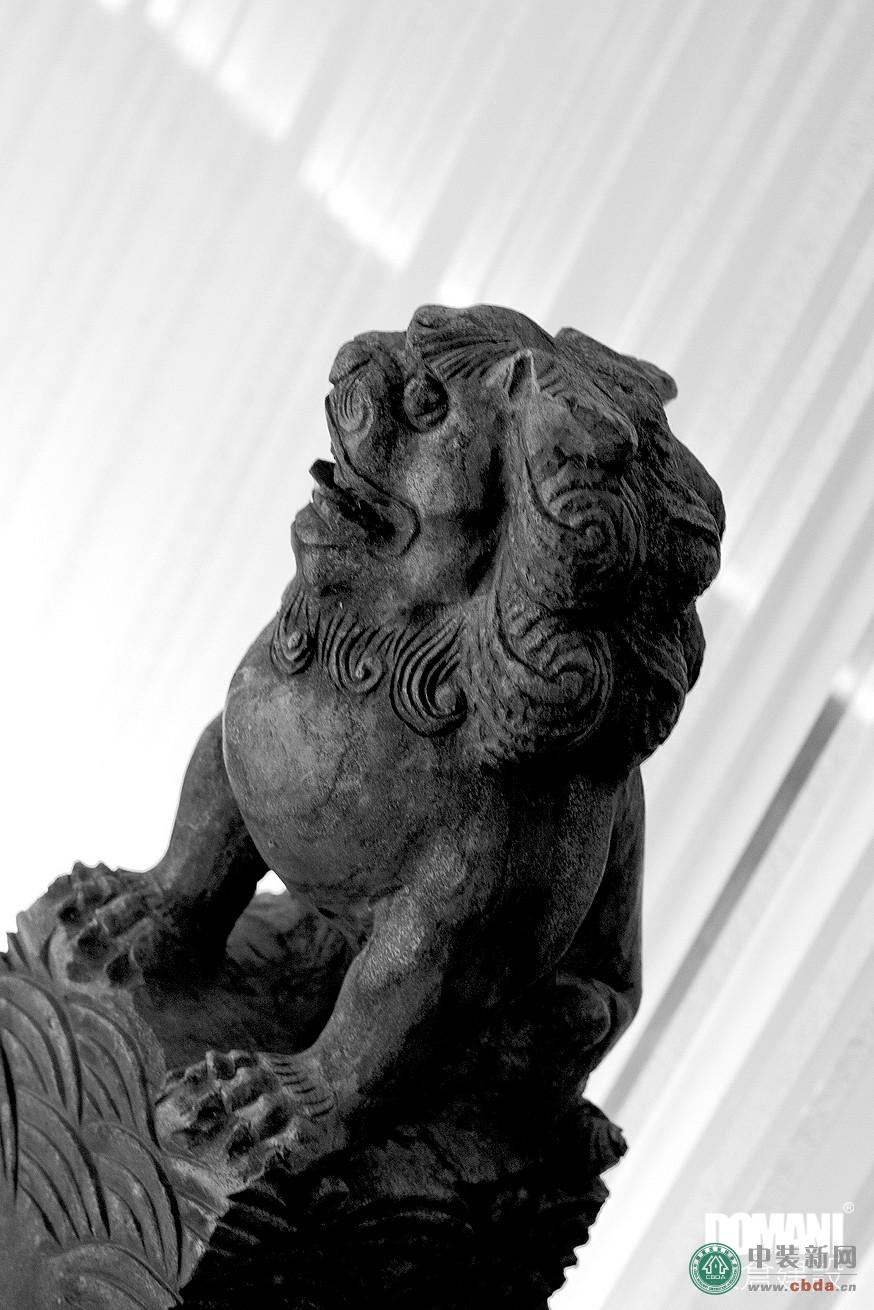
東倉建設(shè)張星:香港COCO辦公室
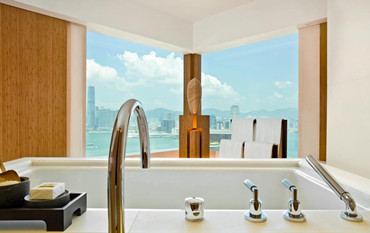
傅厚民:香港奕居精品酒店設(shè)計
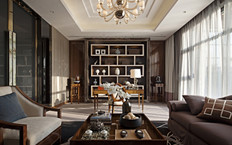
梁志天:北京富力灣湖心島別墅項目A2戶型
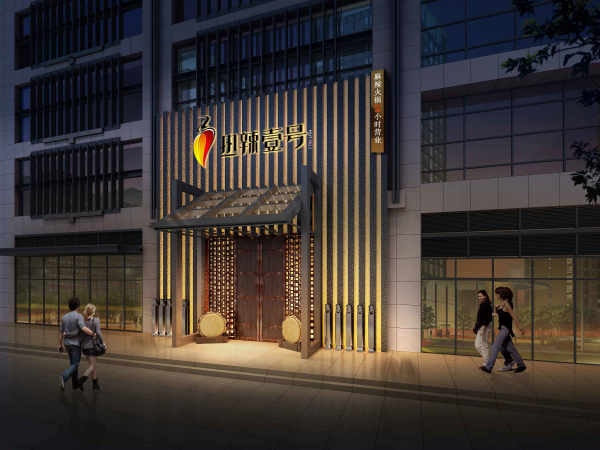
李冰冰、黃曉明、任泉合營火鍋店熱辣一號設(shè)計方案

倪衛(wèi)鋒作品:伊休高級實木定制案例
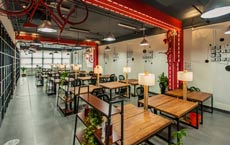
Work8眾創(chuàng)空間——最具顛覆性的辦公空間設(shè)計
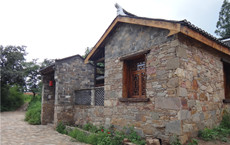
孫君:廣水市桃源村鄉(xiāng)村景觀改造 古村落浴火重生
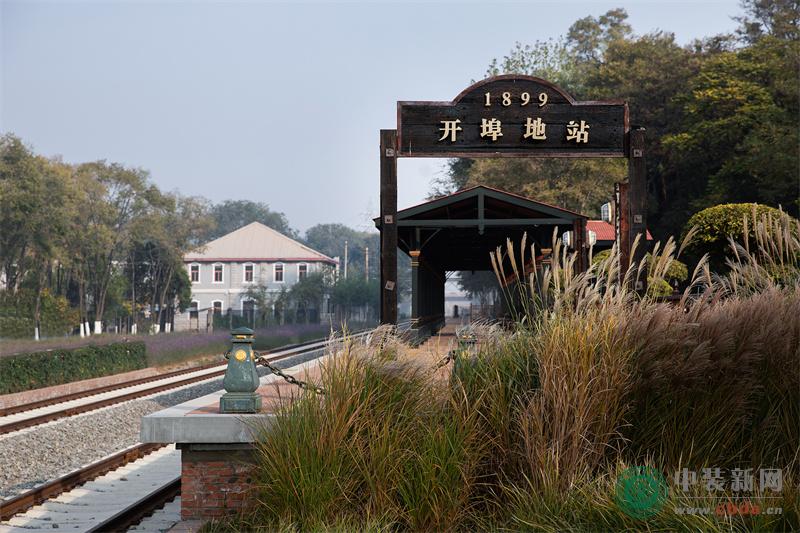
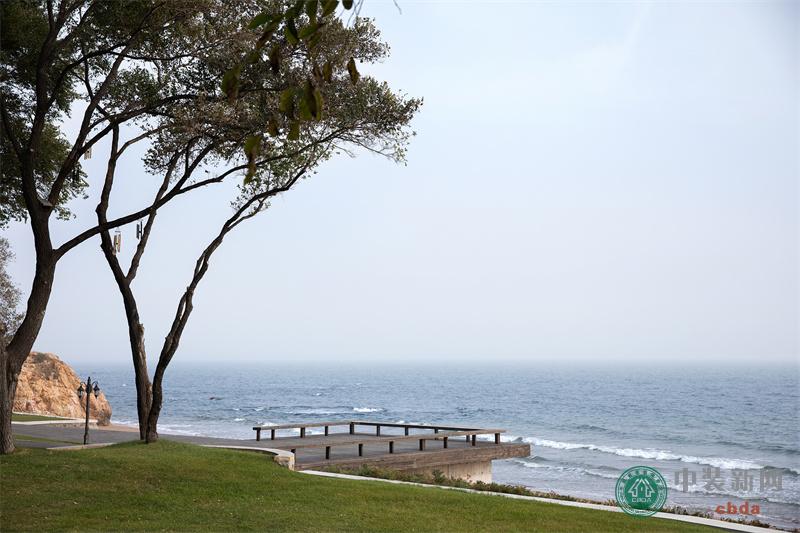
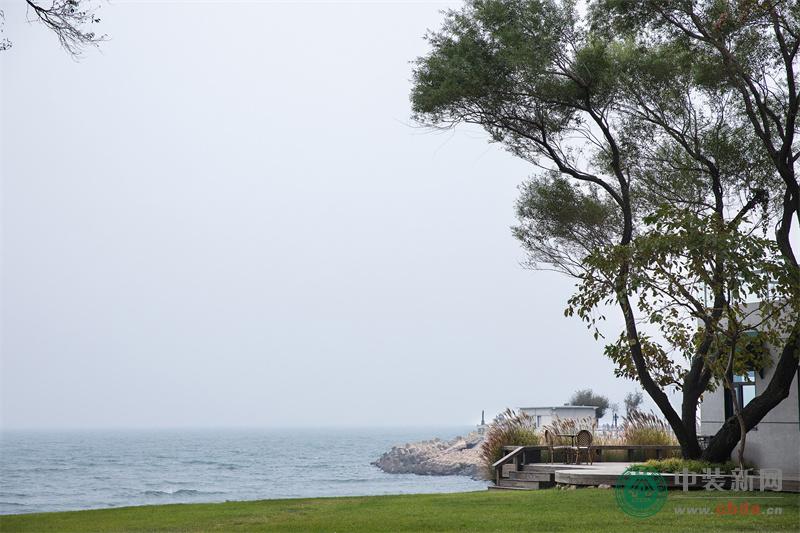
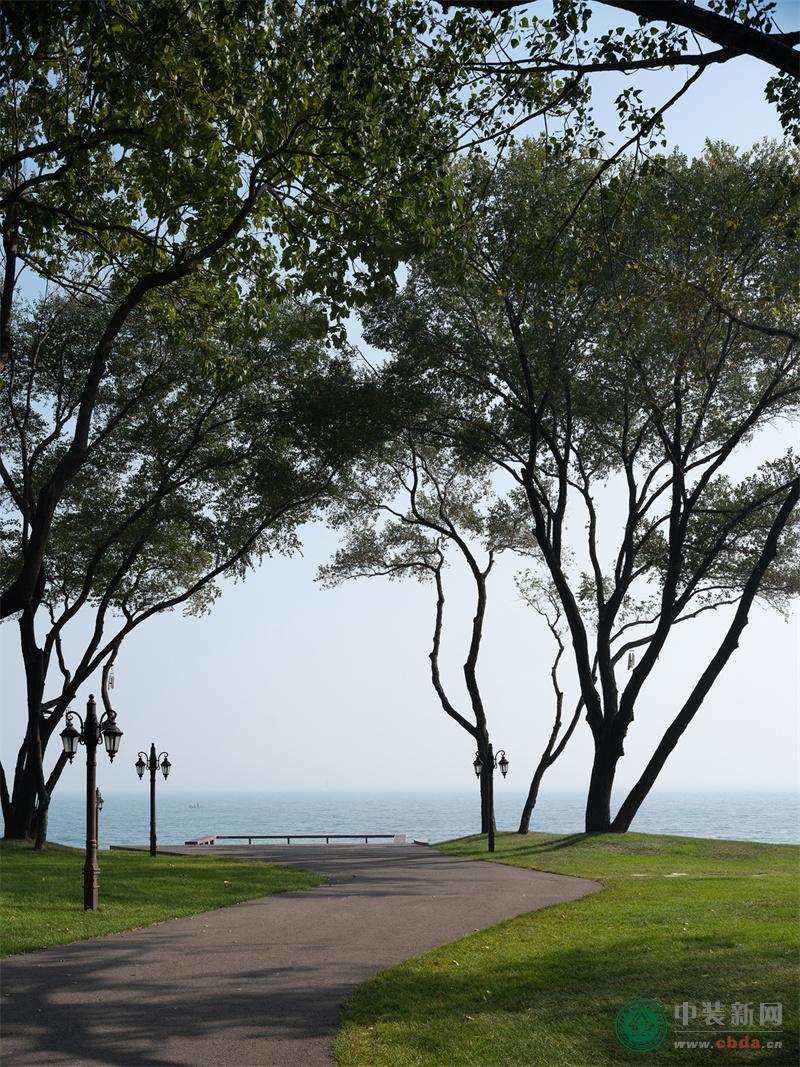
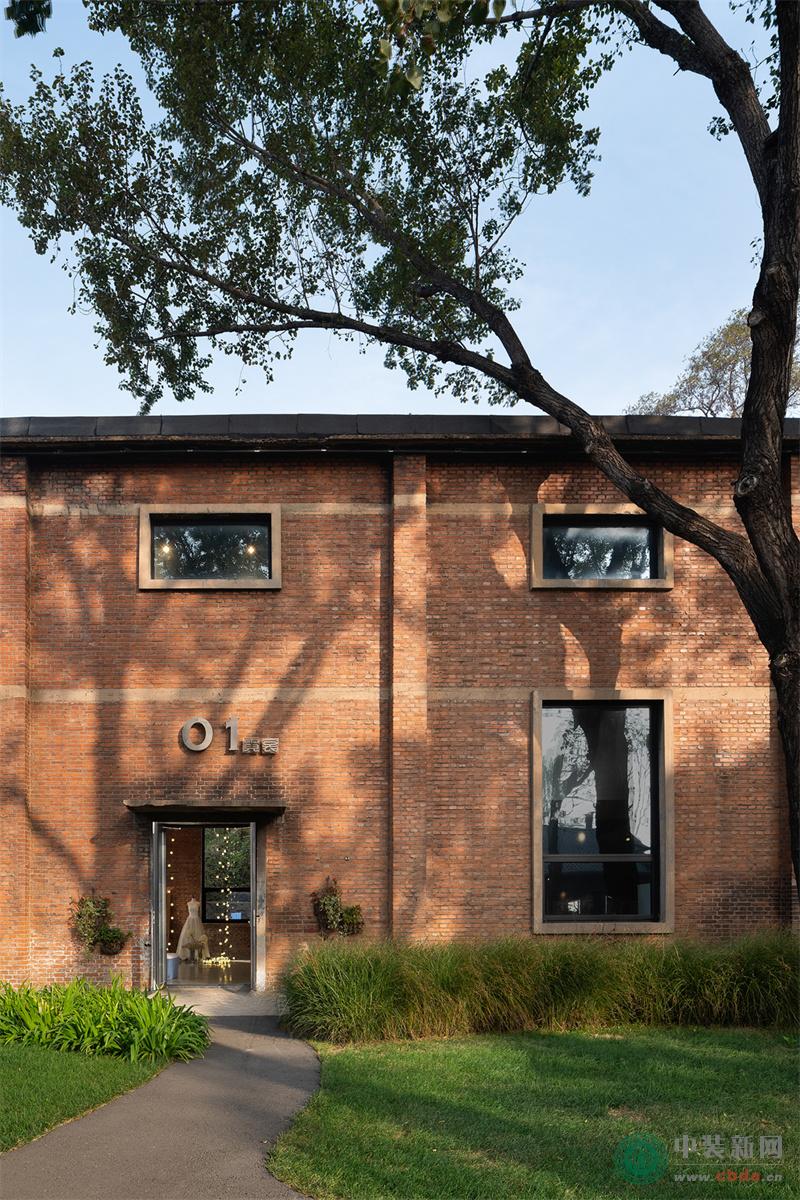
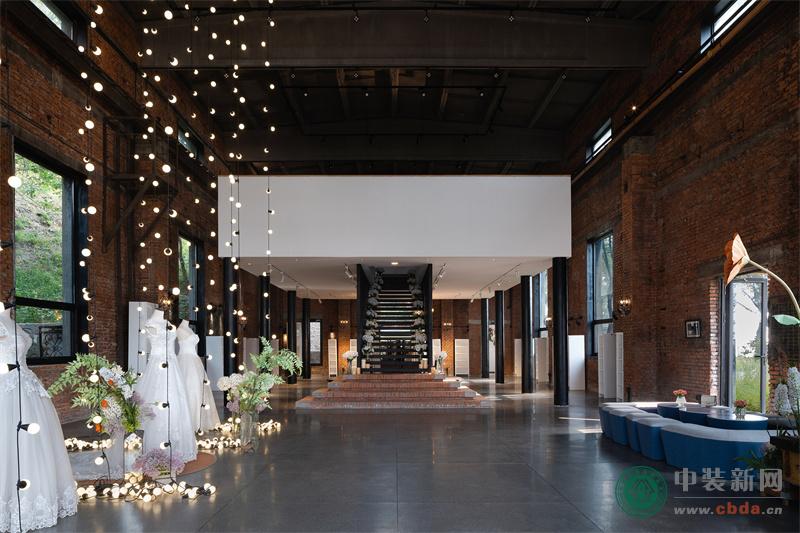
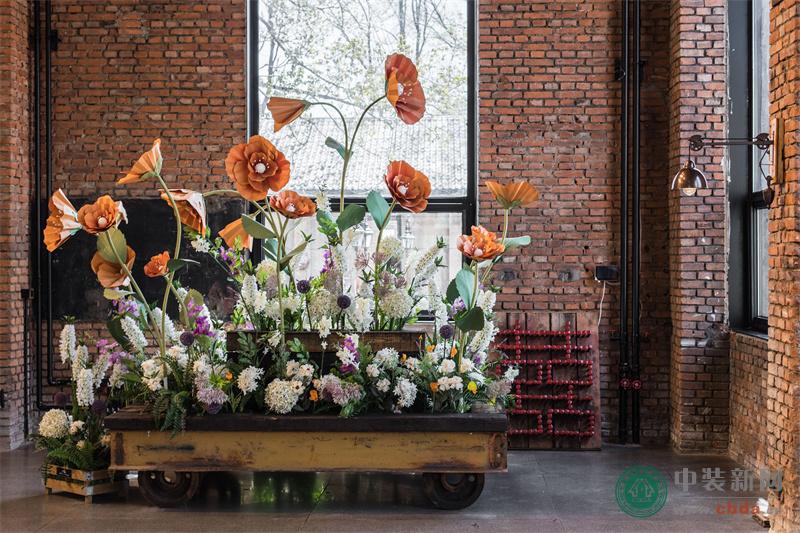
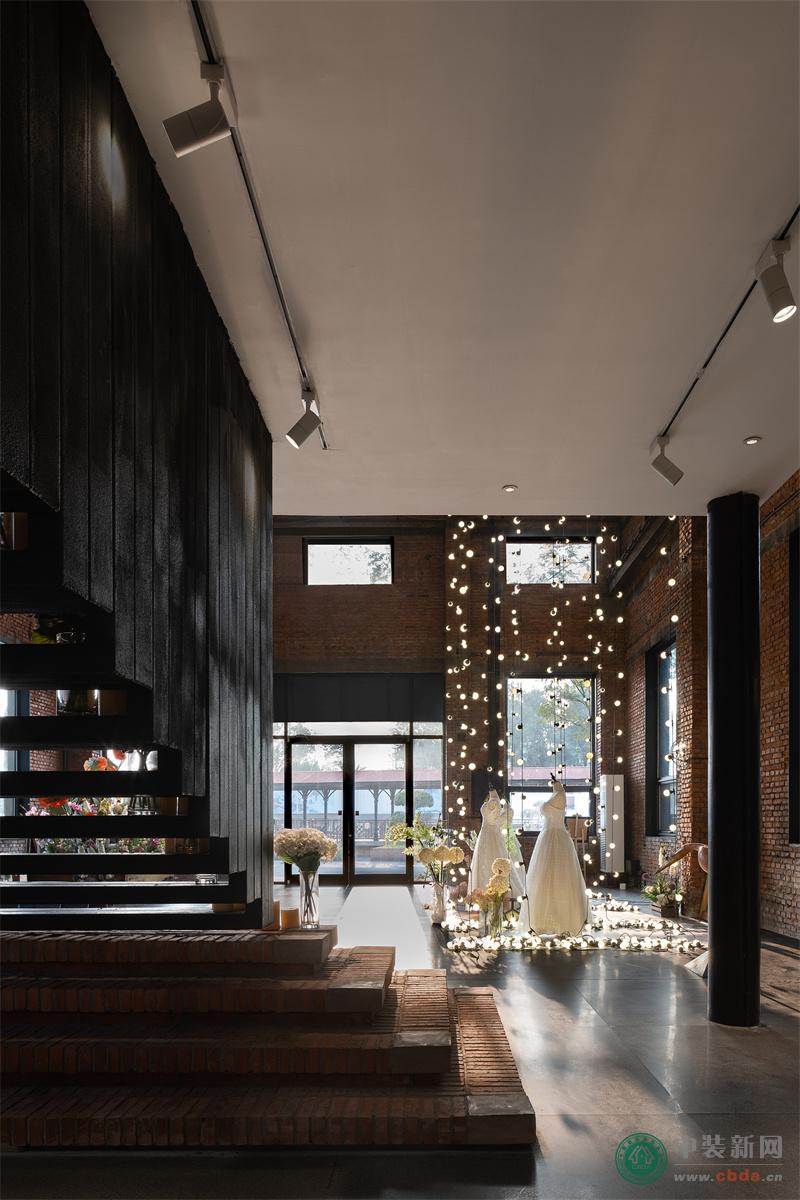
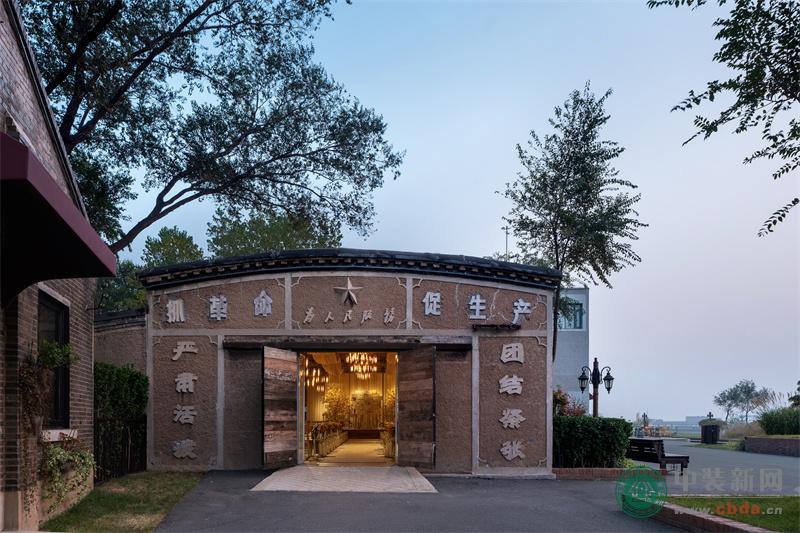


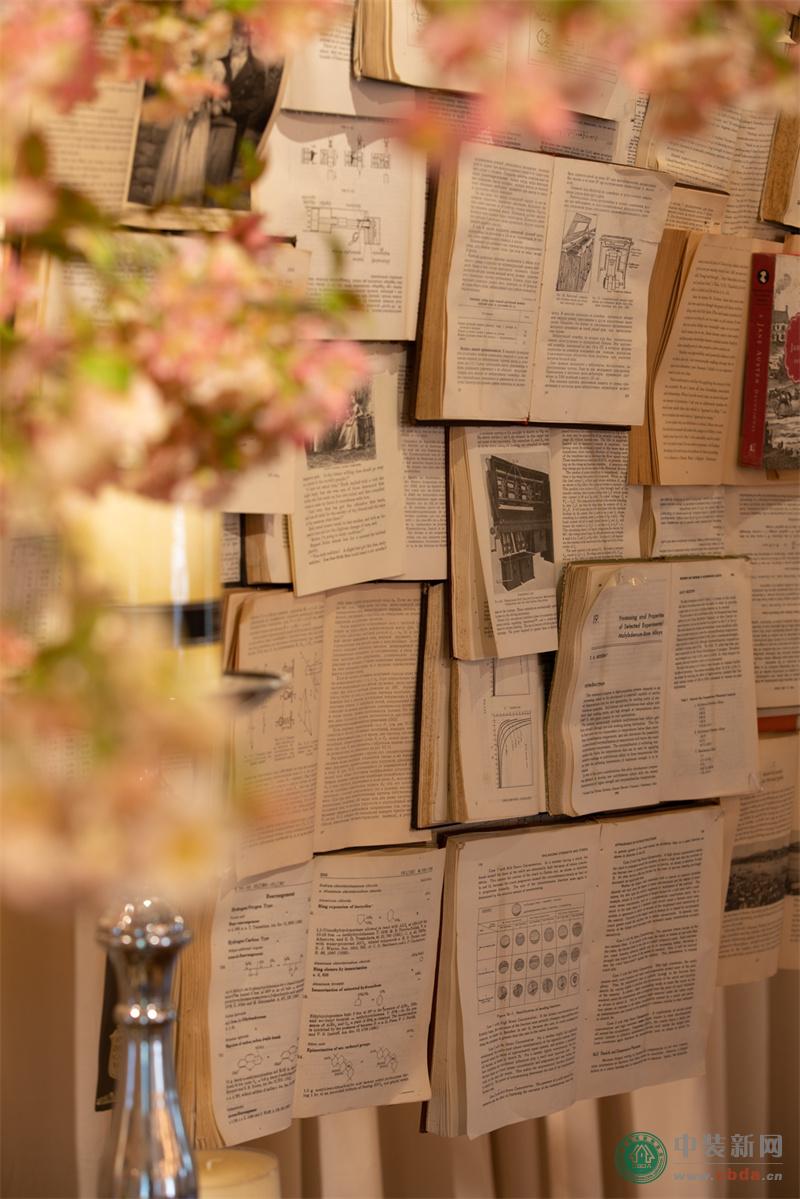
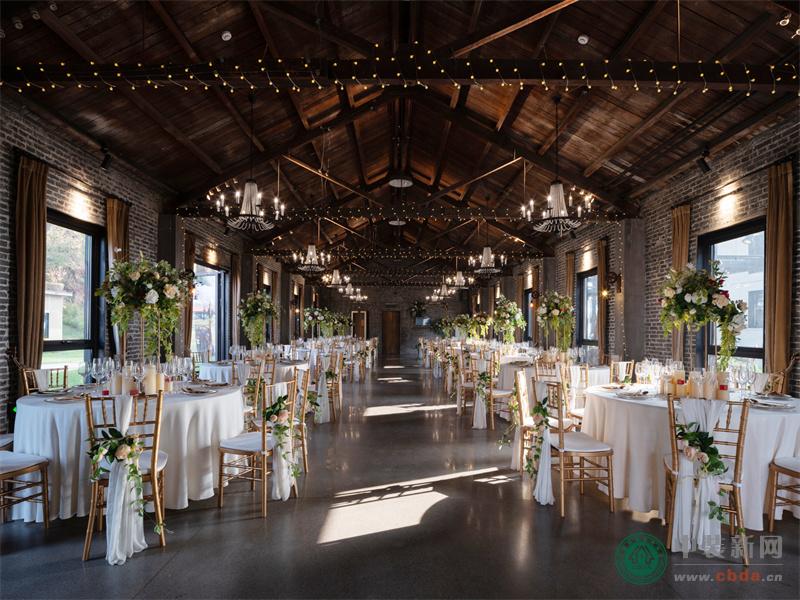
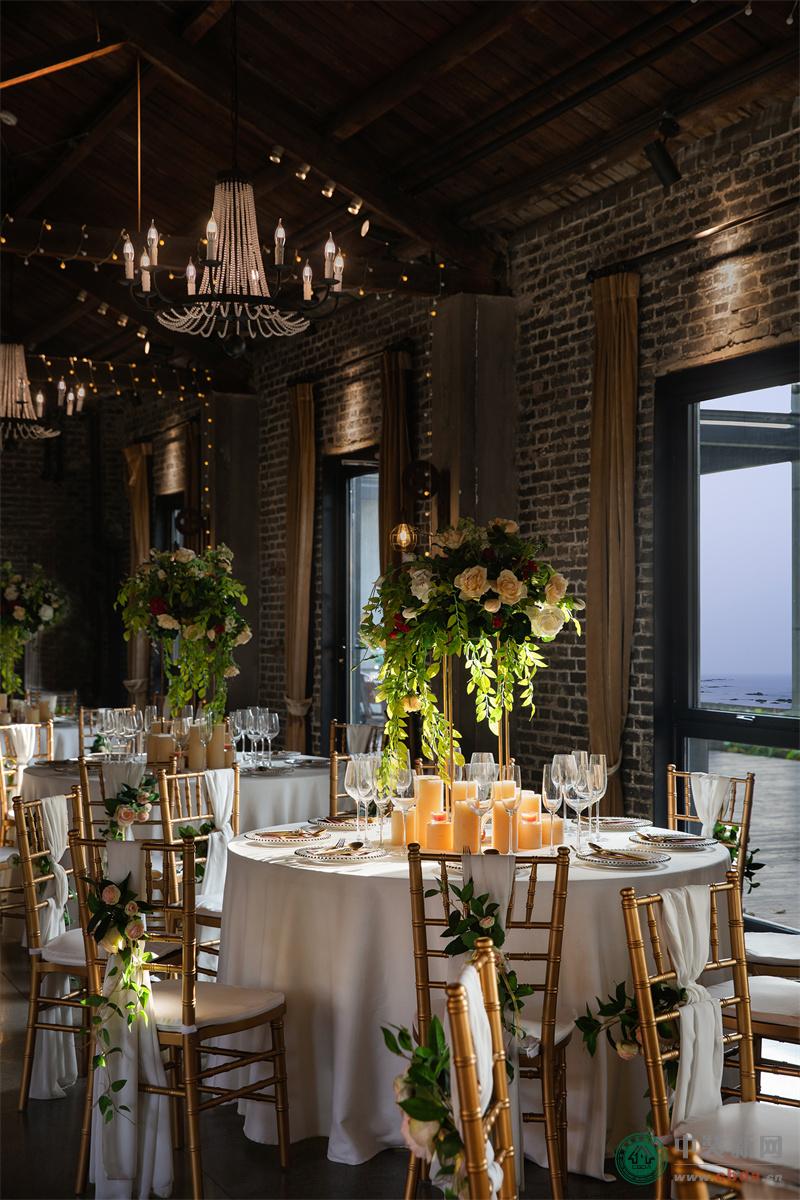
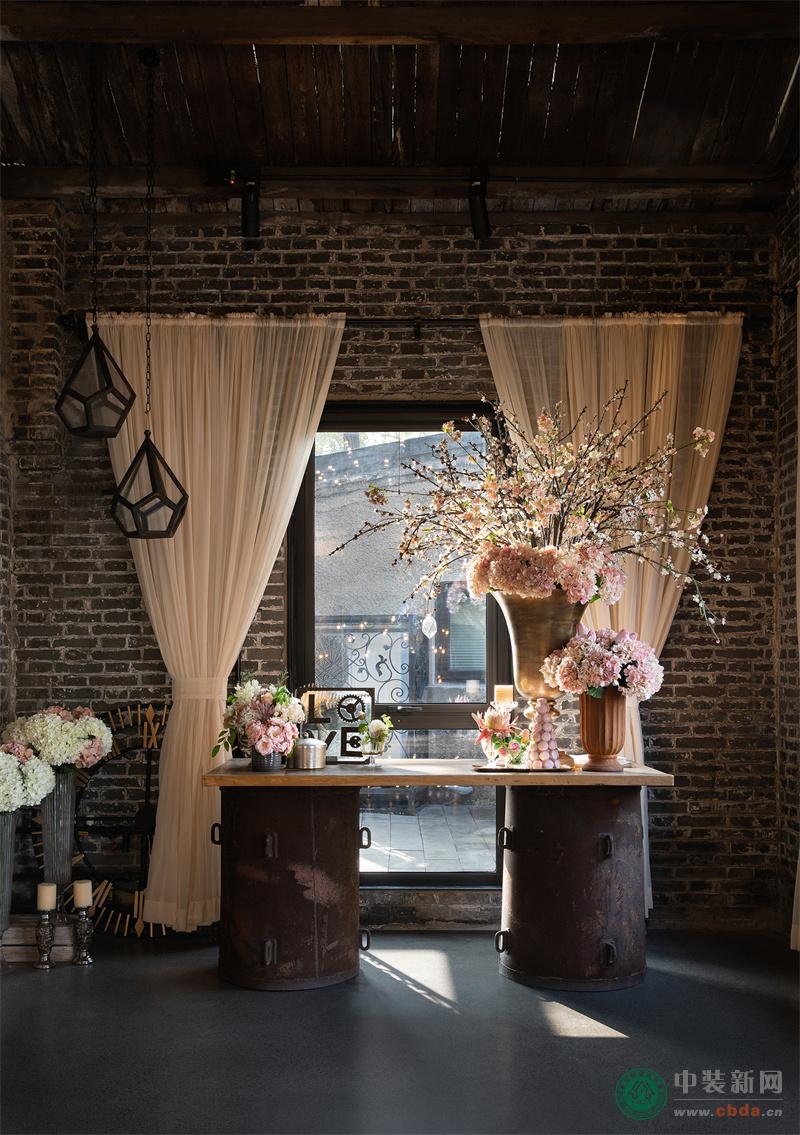


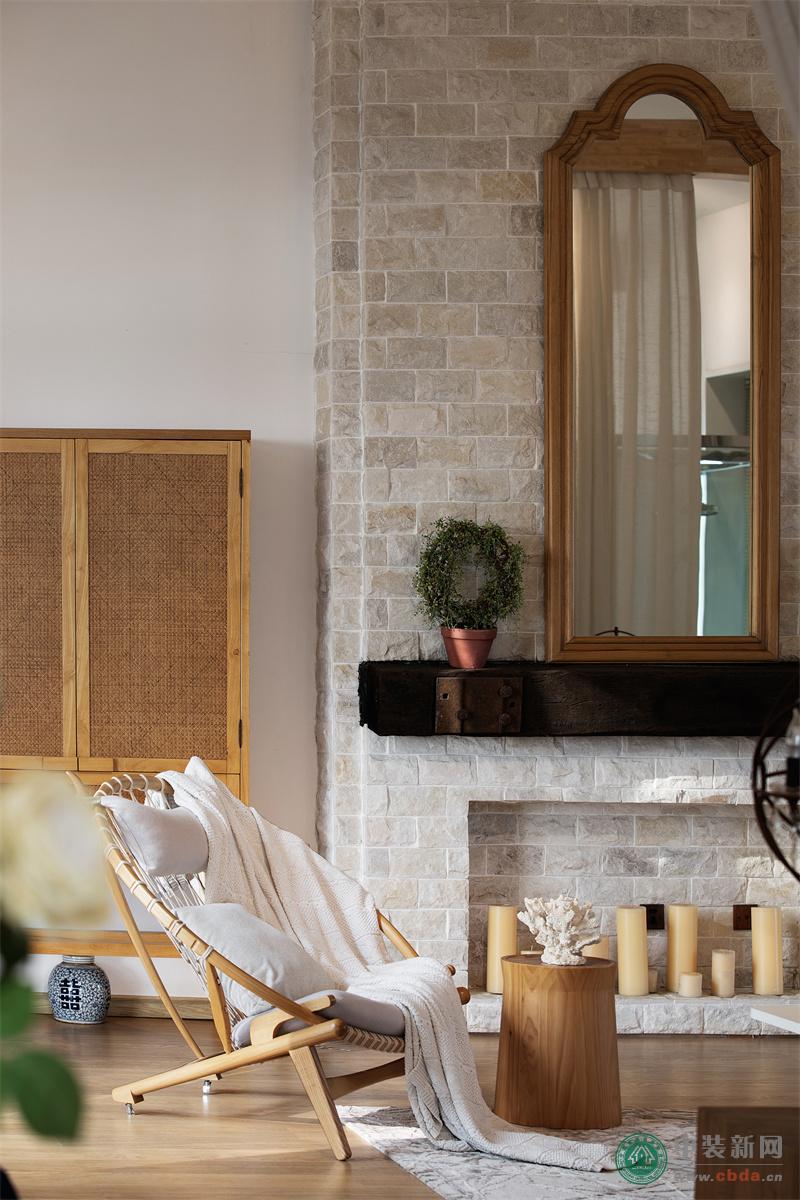

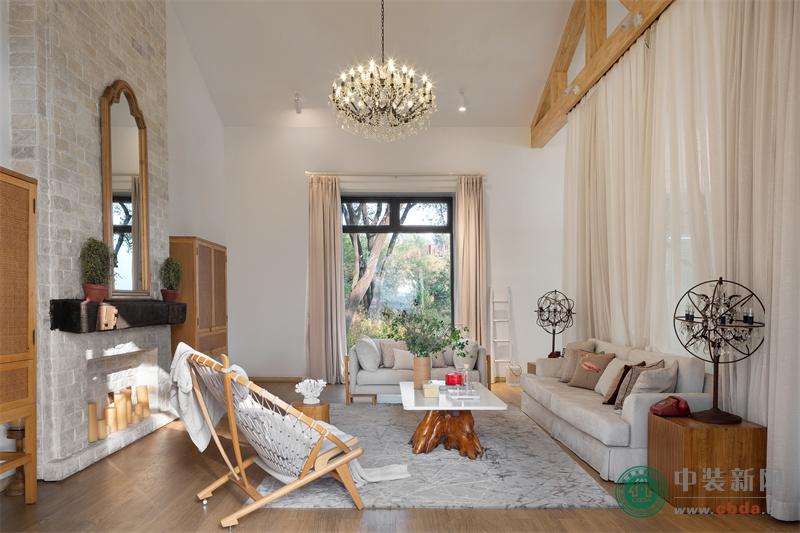
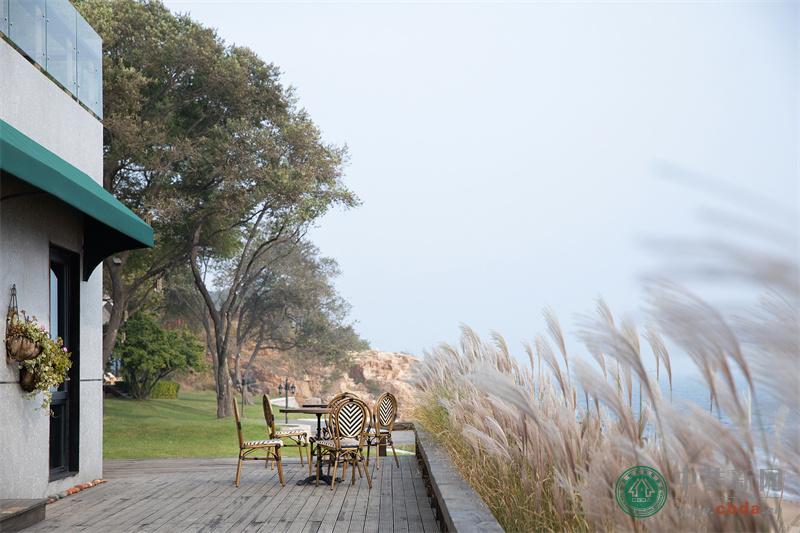
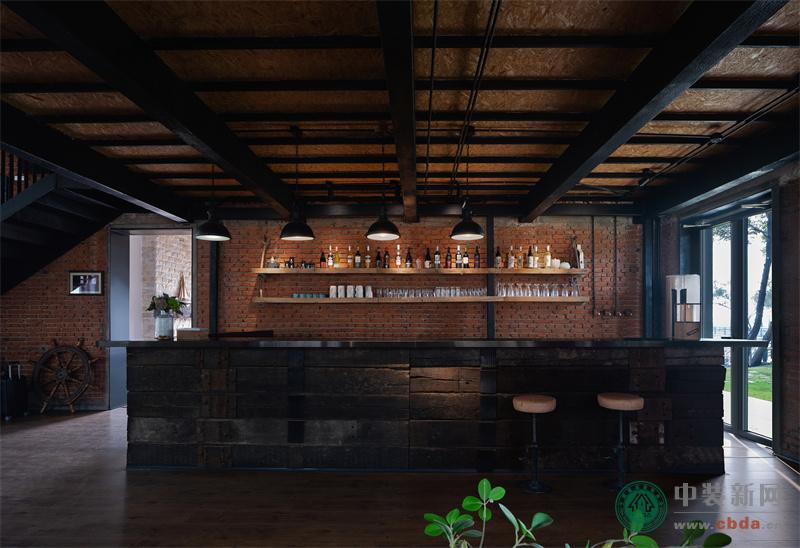

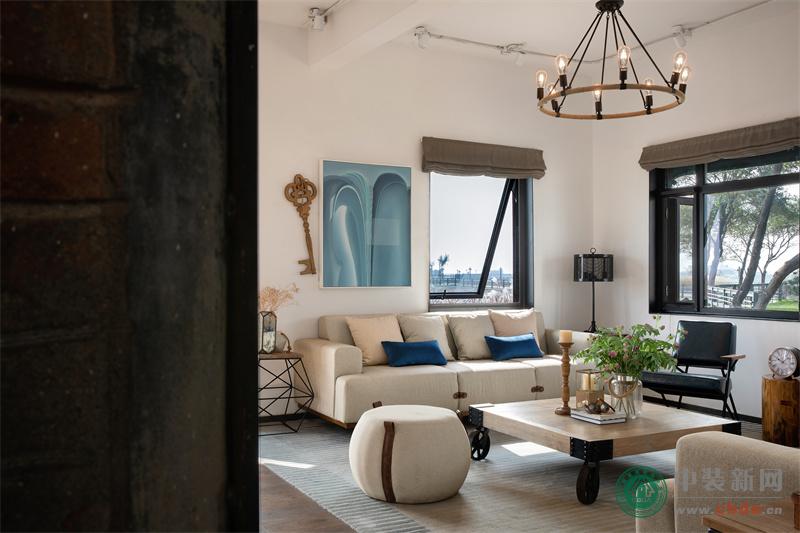

時代的記憶往往不是被時間湮滅,而是在群體無意識中粉身碎骨。無論古代還是近現(xiàn)代的遺存,即使是日益重視保護城市記憶的今天,一段段記憶依然可能失去和正在失去。究其原因在于對其價值判斷未明之前,往往下意識的判斷就已經(jīng)作出了。
The memories of history are often not annihilated in time, but obliterated by the unconsciousness of the group. Despite remains of ancient or modern times and increasing awareness of the protection of urban memories, numerous snippets of history are already or being forgotten. The reason is that subconscious judgment is often made before the value is attributed.
河港集團三公司機修隊車間就是一個即將失去的城市記憶場地,廠房始建于20世紀(jì)60年代,位于1898大碼頭東側(cè)的海邊。這片廠區(qū)停產(chǎn)多年,樹木和雜草叢生,以至難于進入,除去已斑駁的紅磚墻、裸露在外的橫梁立柱與布滿鐵銹的巨大蒸汽管道,六、七十年代的建筑并沒有鮮明的特色。
The workshop of the mechanic team of Hebei Port Group is an urban site the history of which is being forgotten. The workshop was built in the 1960s and is located at the seaside to the east of the Dock that was open for foreign trade in 1898. This plant, fallen into disuse many years ago, is surrounded by trees and grass and hard to access. Apart from the mottled red-brick walls, exposed beams and columns, and huge steam pipes covered with rust, the buildings in the 1960s and 1970s did not have distinctive features.
面對優(yōu)越的臨海場地條件與破敗的地上建筑,需要改變以往的慣性思維,從記憶與場域重構(gòu)的角度,思考兩個問題。設(shè)計如何對于城市的記憶進行保護與創(chuàng)造?如何通過身體性與事件性的策略,釋放身體與地方之間的張力,實現(xiàn)港區(qū)更新首開區(qū)域的場域建構(gòu)?
With the privilege of a superior seaside site and the disadvantage of dilapidated buildings, it is necessary to be creative and keep in mind two questions while trying to preserve the memories of the site. First, how can the design creatively protect the memory of the city? Second, how can the site be upgraded through physical and event-based strategies, the release of the tension between the body and the place?
對于秦皇島港1898大碼頭臨海小院老建筑的更新與改造,適逢2017年河北省旅游發(fā)展大會的觀摩選址。希望能夠聯(lián)通南部港口和北部山區(qū)鄉(xiāng)村的旅游資源,與城市形成一條縱貫線,主題是“山盟——海誓”。將機修車間轉(zhuǎn)換成為婚慶主題的海誓花園,設(shè)計團隊面對的問題是如何實現(xiàn)既有的工業(yè)歷史記憶與新的城市爛漫生活主題之間的轉(zhuǎn)換。
The renovation of the old buildings in the seaside courtyard of the 1898 Dock of Qinhuangdao Port coincided with the selection of the site for the Second Hebei Conference of Tourism Industry Development in 2017. The designers aimed to connect the tourism resources of the southern port and the northern mountain villages, forming a vertical tourism line with the theme "Mountain and Sea – A Covenant of Salt". In converting the mechanic workshop into a wedding-theme garden, the design team was faced with the problem of combining the industrial history of the site and the theme of brilliant urban life.
雖然不是開埠歷史建筑,但場地建筑呈現(xiàn)出從60年代到80年代初的歷史層次,是當(dāng)代秦皇島人因港建城群體記憶中最直接鮮活的部分。作為重要的港區(qū)記憶,不應(yīng)該單純的從美學(xué)價值做簡單的判斷,而應(yīng)該從場域價值的角度考慮人的慣習(xí)與情感資本的重要性。場地建筑轉(zhuǎn)換為城市記憶的精神地標(biāo),需要通過場地美學(xué)的設(shè)計以景觀微更新的方式來梳理場地格局,結(jié)構(gòu)建筑之間的空間關(guān)系。如去除多余的植物使建筑得以顯現(xiàn)出來,清理場地鋪設(shè)草坪創(chuàng)造戶外活動的場所,濱海的部分布置沙灘修建臺地花壇與觀景平臺。將工業(yè)遺跡和自然景觀的并置,強化了工業(yè)記憶與婚禮浪漫事件之間的張力。重新復(fù)建的火車站臺是一種建筑類型學(xué)上的象征,帶來人流、希望與通向未來。
Although not from the treaty port era, the buildings were constructed in different times – from the 1960s to early 1980s, and they are the most direct and vivid part of the contemporary memory of the development of the port city Qinhuangdao. The value of the memories of the port area memory should not be judged simplistically from an aesthetic perspective, but should consider the importance of human habits and the emotional capital of the site. To transform the site buildings into a spiritual landmark of urban memories, it is necessary to sort out the site layout and the spatial relationship between buildings through the aesthetic design of the site and micro-renewal of the landscape; for instance, removing redundant plants to make the building more visible, clearing the site and laying a lawn to create a place for outdoor activities, and building terraced flower beds and viewing platforms on the coastal area. The juxtaposition of industrial relics and natural landscapes enhances the interaction between industrial memory and romantic weddings. The rebuilt railway station platform is a symbol in architectural typology, bringing people and hope and leading to the future.
設(shè)計團隊在海誓花園做作的如同斯坦.艾倫所說,是以一種系統(tǒng)化組織的松散框架,保證了建筑師提供秩序形式的傳統(tǒng)職責(zé),又給予都市生活積極展開的空間。建筑師放棄對所有獨立元素的控制,而是控制元素之間的關(guān)系,創(chuàng)造開放場域,以激發(fā)事件[ 陳潔萍,場地書寫,P106
Jieping Chen, fieldnote, P106.]。
As Stan Allen said, what the design team did in Haishi garden is to perform the traditional duties of providing a form of order and creating a space for the active development of urban life, which is guaranteed by a loose framework of a systematic organization.
Instead of controlling all independent elements, the architects focused on controlling the relationship between the elements to create an open space to stimulate events.
身體性與事件性策略的建筑更新與室內(nèi)空間創(chuàng)造
Architectural renewal and interior space creation through physical and event-driven strategies
建筑更新,從發(fā)現(xiàn)建筑材料自身的場域信息開始。最大限度地保留老建筑本身的樣貌和被時間打磨出的自然痕跡,通過排危加固,清除不必要的表皮,剝落幾十年的塵土,建筑逐漸露出原有的真容。建筑外墻材料與建筑年代語言的多元化,呈現(xiàn)出港區(qū)地理空間的一種歷史特色,從被時間打磨呈雕塑般的建筑外墻到內(nèi)部具有時代特征與使用痕跡的內(nèi)部結(jié)構(gòu),不需要通過歷史資料的敘述,只要通過場地中身體的具身認(rèn)知,就足以感知每個建筑都是一座時代記憶的紀(jì)念碑。
Architectural renewal starts with the discovery of the history of the field and the buildings. The original appearance of the building and the traces left by time are kept to the greatest extent. Through the reinforcement, removal of the unnecessary exterior, and cleaning of decades’ dust, the buildings gradually reveal their original appearance. The diversification of the materials of building exterior and architectural characteristics presents the historical feature of the site. The exterior walls polished by time to sculptures, the interior structure with features of the era and traces of use, these buildings per se are a monument of the memory of the times, for which there is no need for people to read historical references to understand.
新的婚慶典禮功能,以其獨特的城市生活的事件性,激發(fā)活躍的公共領(lǐng)域和市民公共生活,強化在身體體驗中占據(jù)城市,批判越來越圖像化的城市。因此在室內(nèi)外空間的塑造上,強調(diào)了圍繞婚禮事件性的空間創(chuàng)造。中國的婚禮是身體性事件的行走的儀式。無論是接親、游街、典禮、洞房,行走是將身體與場地、事件與空間聯(lián)系起來最本能的行為之一,作為是一種儀式。與信仰、期許相聯(lián)系,需要人們的親身參與,也具有特定的發(fā)生地點。因此在整個園區(qū)中,每一個建筑的內(nèi)部空間都是一個特殊的事件空間,而整個園區(qū)建筑之間具有儀式程序的邏輯,強調(diào)事件與空間秩序的結(jié)合。
The functionality to host wedding ceremonies, a unique event of urban life, actives the public realm and public life of citizens, strengthens the physical experience of the city, and criticizes the increasingly graphic city. The construction of indoor and outdoor spaces revolves around the event of a wedding. A Chinese wedding involves a lot of walking. From picking up the bride, parading, to the ceremony, walking is one of the most instinctive behaviors that connect the body to the site, event and space. The connection with beliefs and expectations requires people’s participation in specific locations. Therefore, in the entire park, the internal space of each building is a special event space, and the buildings in the entire park are connected according to the procedure of a wedding, emphasizing the combination of events and spatial order.
從六米高空一瀉而下的LED串燈第一時間勾勒出唯美浪漫的氛圍,夜晚燈光開啟,星河閃耀。沿著花藝裝點的喜字花車,新人攜手步入二層。黑色金屬的樓梯透著工業(yè)風(fēng)的質(zhì)感,與白色的夾層形成對比。
Hanging from the six-meter-heigh ceiling, the LED string lights create a beautiful and romantic atmosphere. Among the decoration of floral arrangements, new couples will step to the second floor hand in hand. The industrial style of the black metal staircase forms a contrast with the white mezzanine.
木質(zhì)屋頂和橫梁間穿著兩條垂墜的白色紗幔,金屬吊燈星星點點散發(fā)著復(fù)古氣息,一排排木質(zhì)長椅被花束和絲帶裝點 ,推進著空間的節(jié)奏。
Two white veils hang between the wooden roof and beams, the metal chandeliers are shot through with retro fashion, and rows of wooden benches are decorated with bouquets and ribbons, advancing the rhythm of the space.
白色紗簾輕挽于窗戶兩側(cè),框選出窗外的海景。寫滿愛情宣言的書籍和鮮花鋪滿整個背景墻。白色的墻面、紗幔,粉色的花材,朦朧的燈光,柔化了工業(yè)建筑的冰冷,也拉出空間的層次。
White gauze curtains hang on both sides of the window, framed to select the seaside view outside the window. The wall is decorated with flowers and books with love declarations. The white walls, veils, pink flowers, and gentle lighting soften the coldness of industrial buildings and also stratify the space.
設(shè)計不能偽造歷史,幾組莊嚴(yán)醒目的大字暗示了建筑空間的原始風(fēng)貌,也讓新人感受到這里的儀式感和意義感。通過建筑的場景和空間,來傳承某段過往。
The design cannot forge history. The solemn and eye-catching large characters reveal the original style of the architectural space, and also bring new couples a sense of ritual and meaning here. The history of this site is passed on through architectural scenes and spaces.
入口的花藝烘托出自然的調(diào)性,纏繞在橫梁上的燈串暈染出木質(zhì)天花的質(zhì)感,分置兩邊的圓桌和吊燈整齊有序的排列著,一切都在迎接賓客的到場。懸吊的花藝一改傳統(tǒng)桌花的平庸,賦予空間更多的味道與色彩。
The floral art at the entrance highlights the natural tone, the string of lights on the beams complements the texture of the wooden ceiling, the round tables on both sides, and the chandeliers are arranged neatly and orderly – everything is welcoming the guests. Traditional table flowers are replaced by hanging flower arrangements, giving the space more flavor and color.
臨海小院的婚房與客房為賓客提供前所未有的幸福感和歸隱感。綠樹與大海倒映在整面落地窗上,棉麻布藝和木質(zhì)掩映下的床鋪、水晶吊燈,還有面朝大海的沙灘椅,新人在此度過新生活的第一個難忘夜晚,最美的風(fēng)景留給最美的人。
The wedding rooms and guest rooms in the seaside Courtyard provide guests with an unprecedented sense of happiness and seclusion. The green trees and the sea are reflected on the entire floor-to-ceiling windows, the wooden beds are covered with cotton and linen fabric, and the rooms are decorated with crystal chandeliers and furnished with beach chairs facing the sea. New couples will experience an unforgettable night on the first day of their marriage, enjoying a most beautiful scenery.
不同質(zhì)地、不同深淺的白色成為婚房的主基調(diào),古樸的原木散落各處,成為空間靈動的裝飾。現(xiàn)代簡約的壁爐是客廳最佳的視覺焦點,訴說著稍許的歐式輕奢。
Different textures and different shades of white are the main tones of the wedding room, and primitive logs are scattered around, becoming a smart decoration of the space. The modern and simple fireplace is the visual focus of this room, reminiscent of European-style luxury.
黑色利落的直線條貫穿空間結(jié)構(gòu),凸顯出紅磚墻的復(fù)古。濃濃的咖啡香氣彌漫在充滿歷史感的空間,仿佛一切都可以穿越到過去。
The neat black straight lines run through the space, highlighting the retro style of the red brick wall. The strong coffee aroma permeates the space of history, as if everything could travel to the past.
湖藍色的座椅搭配天然木質(zhì)桌面,枝形玻璃吊燈懸于中空。賓朋閑坐,投眼于窗外的海濱,一邊品嘗著咖啡的醇香,一遍暢聊著幸福的感想。
The blue chairs are matched with the wooden tables, and the chandeliers are suspended from the ceiling. The guests and friends relax, enjoy the sea sight outside the window, while tasting the mellow coffee and chatting in happiness.
休閑區(qū)沿用婚房的風(fēng)格,讓人們多一重選擇的自由,藍色的藝術(shù)品詮釋著海洋主題,白色棉麻的布藝沙發(fā)和黑色皮質(zhì)的扶手椅仿佛正在對話。自然、質(zhì)樸、輕松,散發(fā)著午后咖啡館特有的情調(diào)。
The leisure area follows the style of the wedding room, giving people more freedom of choice. The blue artwork is an expression of the ocean theme, and the white cotton and linen fabric of the sofa and the black leather of the armchair seem to be in a conversation. Natural, simple and relaxing, this space is exuding the unique atmosphere of the afternoon cafe.
午后的海邊落坐于咖啡廳的露臺,俯瞰波光粼粼的海面,蘆葦在微風(fēng)中起舞。風(fēng)景也成為了當(dāng)下的記憶。
In the afternoon, the seaside terrace of the café overlooking the sea, with reeds dancing in the breeze, the scenery will become part of the memory of the moment.
當(dāng)一對對新人在這里開啟新的生命旅程,工業(yè)遺跡在設(shè)計師手中變?yōu)檫B接過去與未來的紐帶。海誓花園每一個室內(nèi)外空間的創(chuàng)造,都是試圖以事件釋放身體與地方之間在當(dāng)代的張力,將城市記憶與當(dāng)下生活直接連接起來,打破靜態(tài)的功能主義,使海誓花園這個過去的工業(yè)空間成為能夠激發(fā)各種事件與創(chuàng)造當(dāng)下記憶的連續(xù)舞臺。這最終將超越了婚禮慶典的主題,建立靈活多義而開放的結(jié)構(gòu),超越自然和文化的對立,強調(diào)都市表面及其活動塑造的城市舞臺,來容納城市不可預(yù)期的長期變化的公共活動和功能增長。
When new couples start their new life journey here, the industrial relics become a link between the past and the future through the work of the designers. The creation of every indoor and outdoor space in Haishi Garden is an attempt to facilitate the interaction between people and space through events, to directly connect the urban memory with the current life, to break the static functionalism, and to make the garden a carrier of history and an inspiration for creativity and various events. This will go beyond the theme of wedding, establish a flexible and open structure, transcend the opposition between nature and culture, emphasize the stage shaped by urban activities, to accommodate the unpredictable dynamic public activities and increasing functionalities of the city.
項目信息
項目名稱:海誓花園
項目地點:河北秦皇島
項目面積:5000平方米
設(shè)計主創(chuàng):劉宇潔 鐘山風(fēng)
室內(nèi)設(shè)計:北京山房筑藝術(shù)設(shè)計有限公司
軟裝設(shè)計:北京山房筑藝術(shù)設(shè)計有限公司
Project information
Name: Haishi Garden
Location: Qinhuangdao, Hebei
Area: 5000 square meters
Chief Designers: Liu Yujie, Zhong Shanfeng
Interior Design: Beijing Shanfangzhu Art Design Co., Ltd.
Soft Decoration Design: Beijing Shanfangzhu Art Design Co., Ltd.
山房筑介紹
北京山房筑由鐘山風(fēng)與劉宇潔發(fā)起創(chuàng)立。山房筑致力于建造與重構(gòu)當(dāng)代生活中的人文記憶,希望從規(guī)劃建筑室內(nèi)多專業(yè)角度,實踐對于空間、環(huán)境與美學(xué)的設(shè)計追求。
Shanfangzhu Art Design Co. Ltd. is founded by Zhong Shanfeng and Liu Yujie. It aims to create and reconstruct humanistic memories in contemporary life, and to pursue an artistic understanding of space, environment and aesthetics from the perspective of architecture planning and interior design.
LINKS